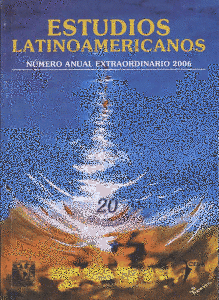The phenomenon of youth gangs as collective mobilization in Central America
Main Article Content
Abstract
This article looks for possible explanations of the so-called Mara. It relies on some arguments of social movement theory. Not being precisely a social movement, the Maras, as a social organization, might fit within some premises of the collective action theory. They have some characteristic of the new social movements. It is clear that (in Central America) there isn't interest in transforming society. People aren't engaging in revolution. But there are ideas and other types of energies developing in the marginal areas. The author also intends to see the Maras as social phenomena based on the theoretical premises of collective identity, emphasizing the importance of war, cultural violence, marginalization and globalization. Why these forms of juvenile expressions have developed today, and why they are expanding and reaching out many nations. Also, this paper revises the tribalism proposition, which is quite common in societies considered "modern". The Maras are expressions of those societies.
Downloads
Article Details
How to Cite
Rivera Zúñiga, R. E. (2006). The phenomenon of youth gangs as collective mobilization in Central America. Estudios Latinoamericanos, 221–250. https://doi.org/10.22201/cela.24484946e.2006.0.50218
Citas en Dimensions Service

Este obra está bajo una licencia de Creative Commons Reconocimiento-NoComercial-SinObraDerivada 4.0 Internacional.
